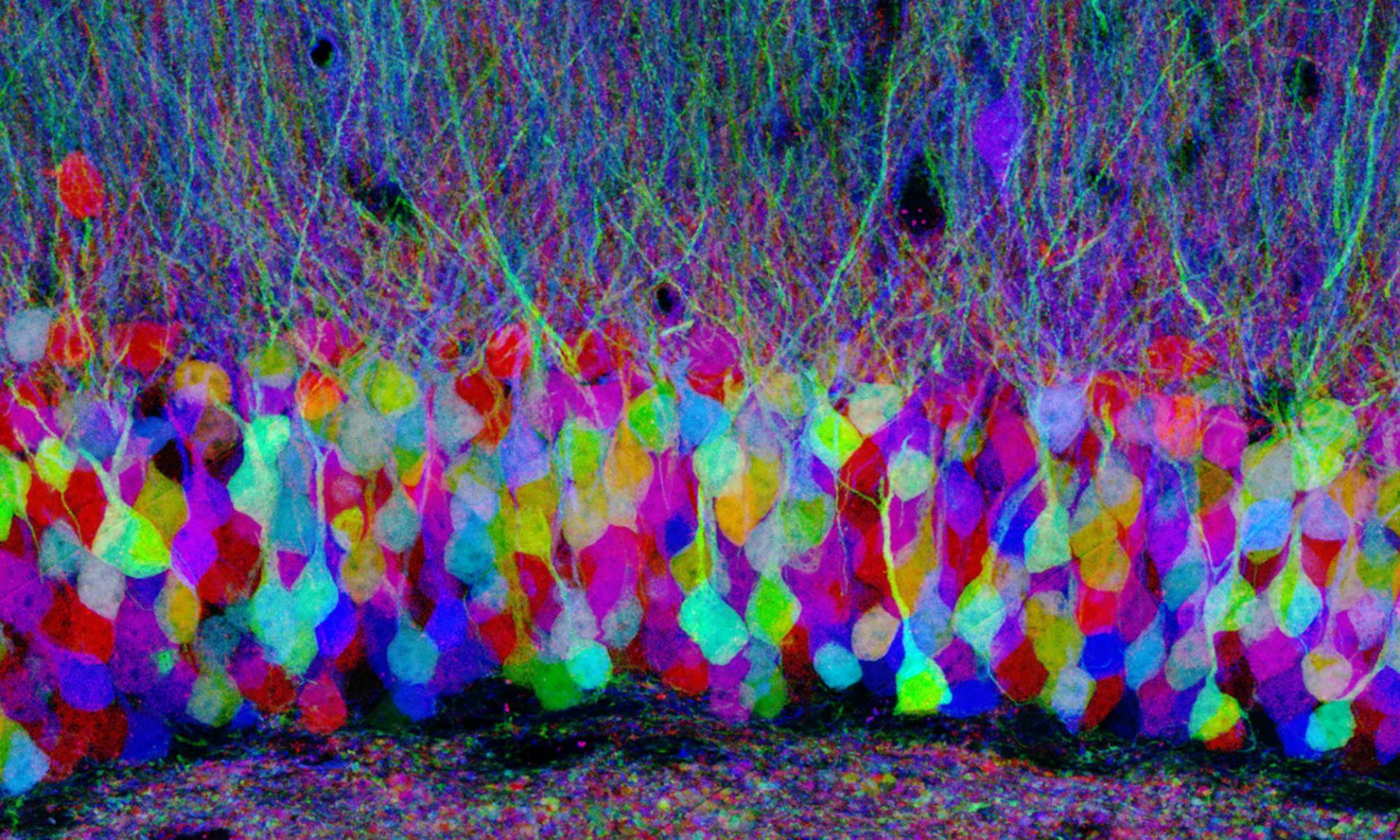
Research Scientist
California Institute of Technology
Dr. Laurent Moreaux is a permanent Research Scientist for the French National Center for Scientific Research (CNRS). He also currently serves as a Senior Research Scientist at the California Institute of Technology. Dr. Moreaux earned an optoelectronics degree from Polytech Paris-Sud in Orsay, followed by a Master’s Degree in optics and photonics from the Institut d’Optique in Orsay. His PhD work in physics at the ESPCI Paris with Drs. Jerome Mertz and Serge Charpak focused on the development of novel, non-linear optical microscopy tools and methods for biological imaging, including two-photon microscopy for calcium imaging, development of a combined two-photon and second-harmonic generation (SHG) microscope for voltage imaging, and design of a microscope combining optical coherence tomography (OCT) and TPEF. He continued his cross-disciplinary work at the interface of optics and neuroscience as a postdoctoral scholar in the lab of Dr. Gilles Laurent in the Caltech Division of Biology, with whom he combined intra-cellular electrical recordings with dendritic calcium imaging and proposed a simple method to reconstruct firing rates from dendritic calcium signals. Dr. Moreaux was awarded a permanent Research Scientist position with the CNRS in 2004, where he continued working on the development of optical techniques to probe neuronal activity in several model systems. He returned to Caltech in 2009, where he has since held positions in both the Division of Biology and Bioengineering as well as in the Division of Physics, Mathematics and Astronomy. He has contributed his technical expertise to many projects in neuroscience at Caltech, including developing methods for whole-cell recordings combined with extracellular arrays and two-photon microscopy in the hippocampus of awake and behaving mice. With the current depth limitation of free space optical microscopy, he believes that the use of integrated photonics will allow us to directly bring the microscope “into” the brain to probe the activities of an unprecedented number of neurons. With this vision in mind, his most recent efforts have focused upon fundamental conceptualization, device design, and initial characterization of novel integrated neurophotonic probes within Dr. Michael Roukes’s group.
